Cheung Ek, also known as the Killing Fields, is a significant historical site located on the outskirts of Phnom Penh. The site was originally an orchard and Chinese cemetery before it was repurposed by the Khmer Rouge regime as one of the many extermination centers during the Cambodian genocide in the late 1970s. Following the rise of the Khmer Rouge under the leadership of Pol Pot in 1975, Cheung Ek became a key site for the execution and burial of thousands of perceived enemies of the state. The regime’s radical policies aimed to create an agrarian utopia by eliminating intellectuals, professionals, and anyone deemed a threat to their vision of a communist society. Cheung Ek was used as a mass killing site where prisoners from Security Prison 21 (S-21) were transported for execution. The victims, including men, women, and children, were systematically killed through brutal methods such as beatings, shootings, and bludgeoning to save ammunition. After the fall of the Khmer Rouge regime in 1979, mass graves containing the remains of thousands of victims were uncovered at Cheung Ek. The site was transformed into a memorial and museum to honor the memory of those who perished and to educate visitors about the atrocities committed during the genocide. Today, visitors can pay their respects at the stupa containing the skulls and bones of victims exhumed from the mass graves. Cheung Ek stands as a poignant symbol of remembrance and reflection, urging visitors to confront the horrors of the past and to work towards a more peaceful and just future.

